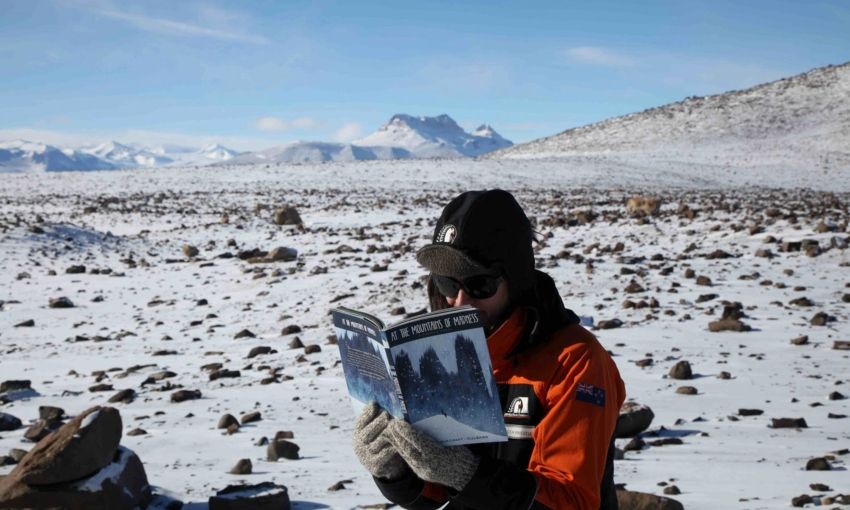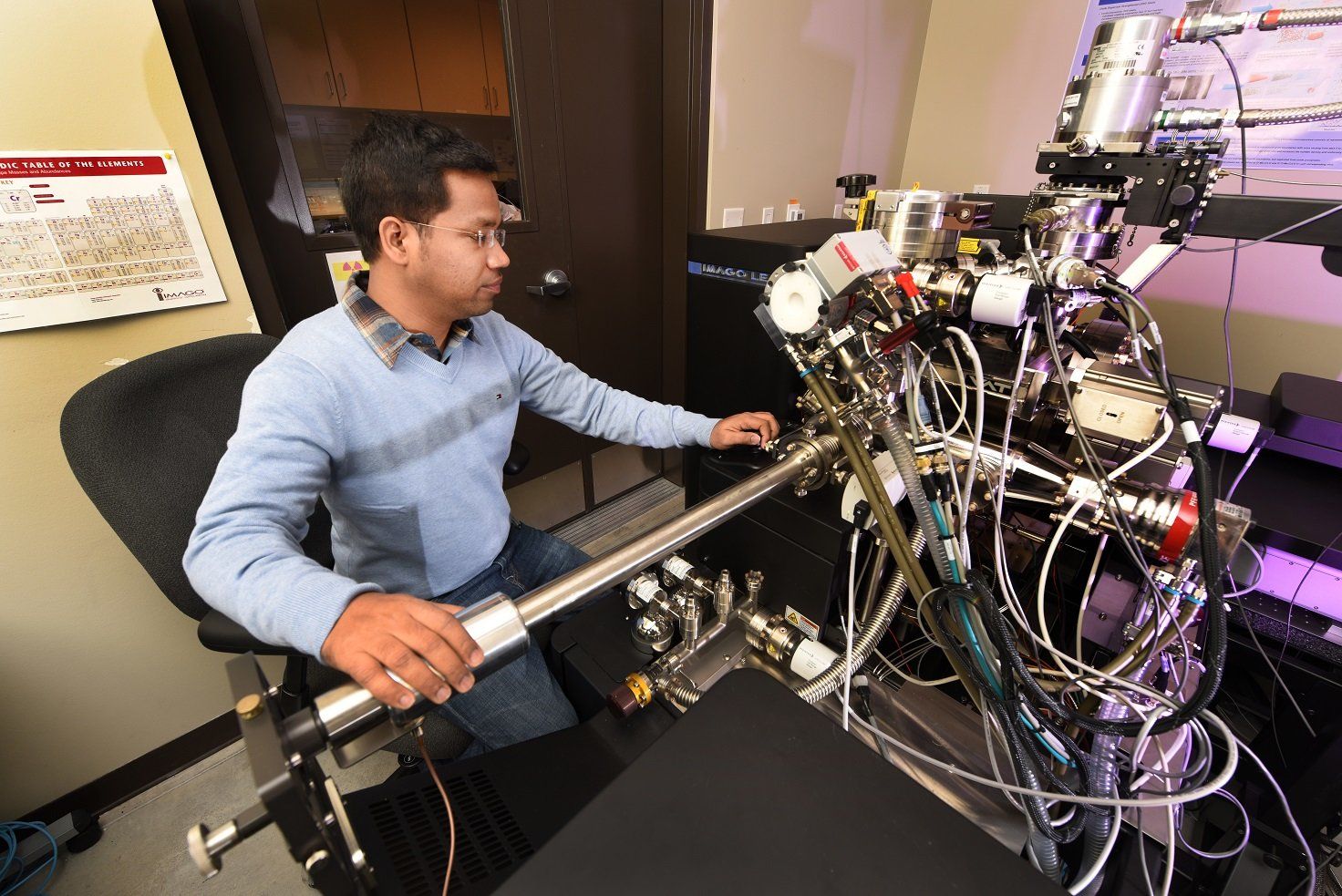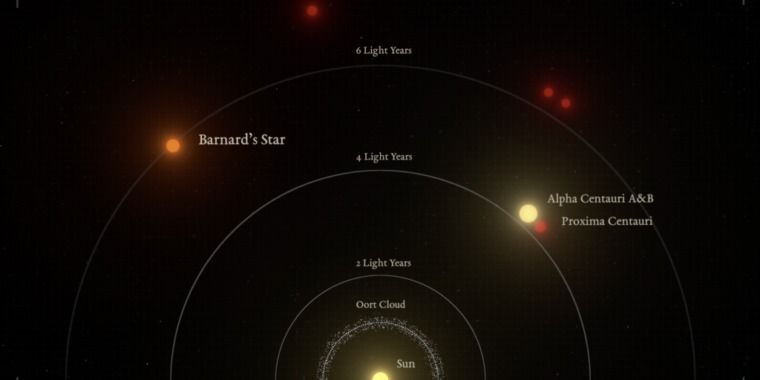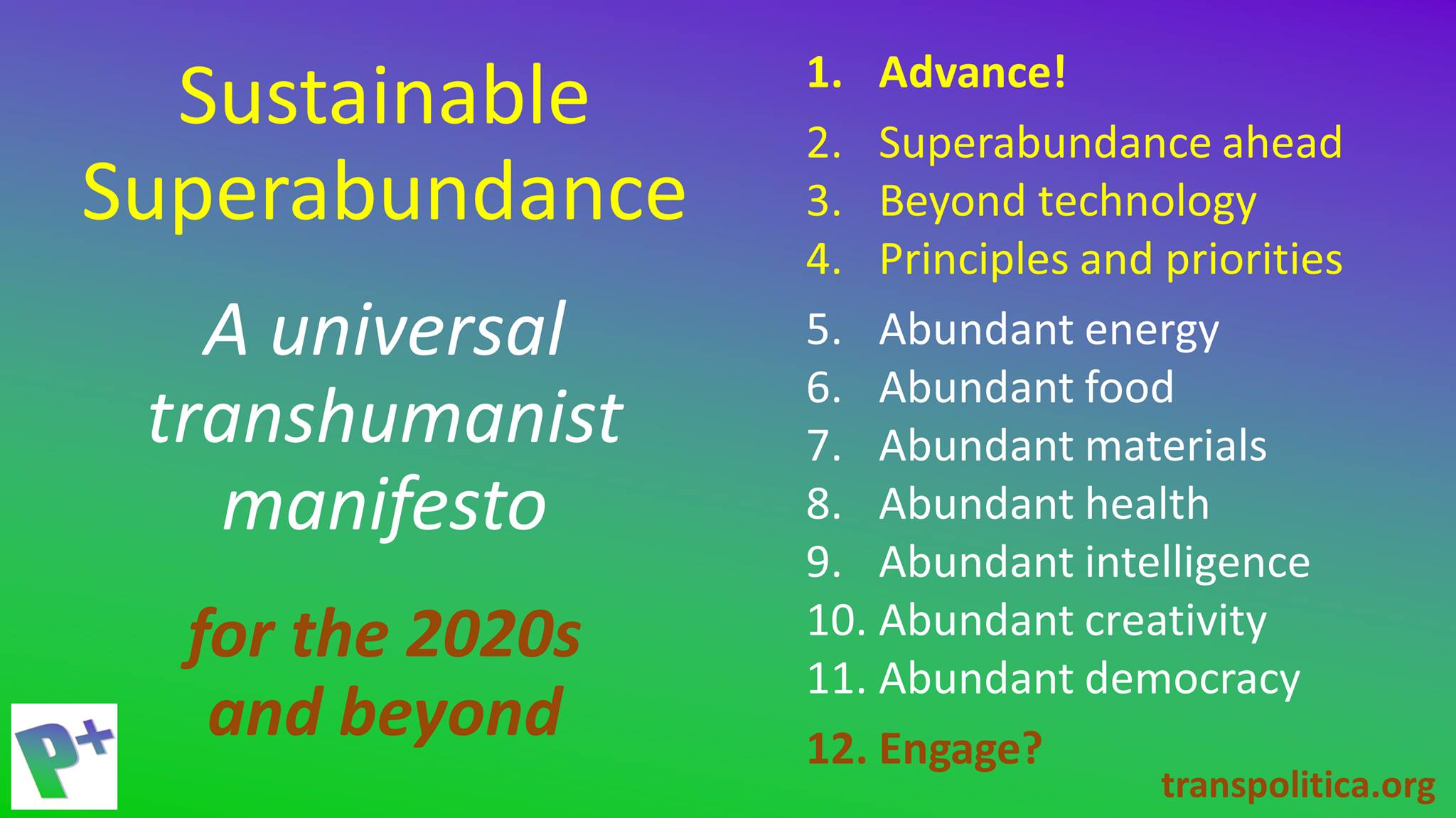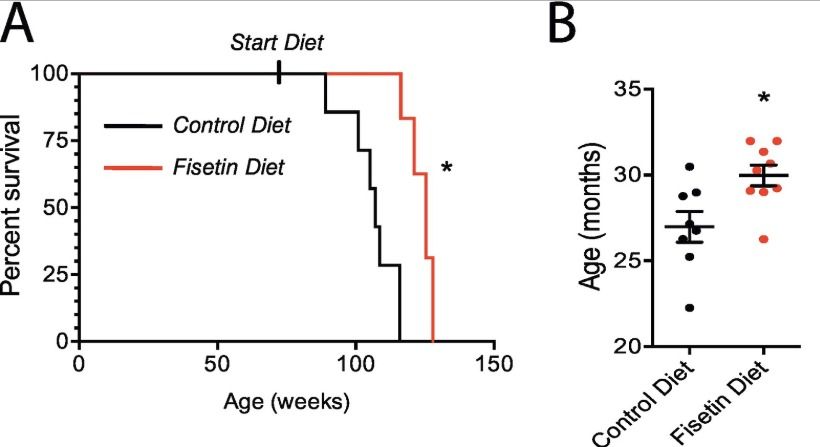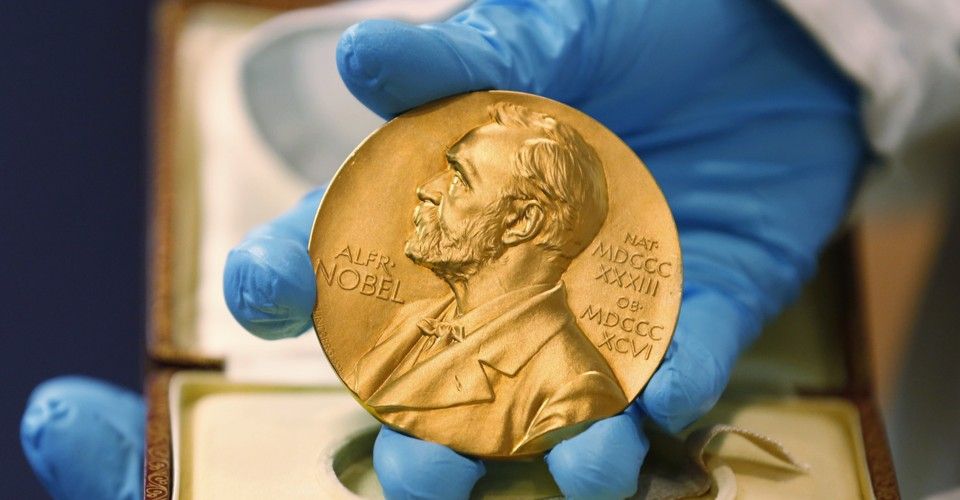Nov 17, 2018
Celebrating the amazing women of Antarctica
Posted by Genevieve Klien in category: climatology
Women have made a massive impact on scientific research in Antarctica, but they don’t get remotely the recognition they deserve. Science-celebrator Steph Green wants to do something about that.
Antarctica, the edge of the world – a seemingly endless expanse of glacial and sea ice, with no indigenous human population and an inhospitable climate. If there was any part of the world untouched by the patriarchy, surely this would be it?
Not so. Despite oral history from Oceania indicating female explorers visited the region, women have often been excluded from Antarctic exploration and scientific discovery. When Ernest Shackleton advertised for fellow adventurers in 1914, three women applied to join him, but they were not included. In 1937, 1300 women applied to join a British Antarctic Expedition. How many went to the frozen continent? Not a one.
Continue reading “Celebrating the amazing women of Antarctica” »
